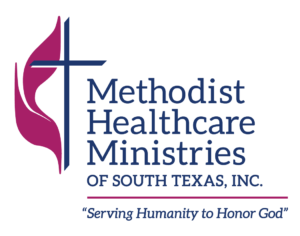At COP28 Sunday morning, former Vice President Al Gore told us about a new scientific tool, Climate TRACE, which promises to improve the way we measure and understand greenhouse gas emissions around the world. This means a better understanding of the source of GHG emissions, which will lead to better targeted mitigation measures.
The Global Stocktake is an important milestone in our global work to mitigate climate change, Vice President Gore said, but one limitation is that it relies on self-reporting of emissions. There is no mechanism to evaluate the accuracy of a party’s estimates and no objective way to assess emissions over much of the globe. According to the presentation, 71 countries around the world have not submitted data on emissions and 100 nations have not submitted any inventory for the last five years.
Curren estimates of GHG emissions depend on self-reported estimates, point measurements, and satellite data. The Climate TRACE tool uses newly available data science techniques to make all those different types of GHG observations work together.
The way it works is by using AI to integrate thousands of data points from a variety of sensors to “learn” what an emission source looks like and how it behaves in various conditions. Once the tool learns to identify a given type of emission source, it can scan the globe for other sources of the same type. Part of the development of the TRACE tool was ground truthing, which means verifying the estimate made by the TRACE tool by other methods, like visiting the site and measuring CO2 emissions manually.
One of the unique data sources the tool is able to integrate is called “textual analysis.” It can look at the technical specifications of GHG emitting equipment when it is listed for sale, and incorporates it into the database so that when other equipment of the same type is identified by the tool, it will be able to estimate its emissions with better accuracy.
Climate TRACE has already made some surprising discoveries. According to TRACE data, only 14% of all corporate emissions are reported. The tool can make accurate measurements of methane emissions from factory farm operations and has identified some previously unknown emission sources, like hundreds of informal landfills which leak methane into the atmosphere.
TRACE data are available for free to the public on their website.

